How exciting on expecting a baby! Even if you aren’t, I’m certain a lot of of you are interested to know exactly how the little one grows at several phases.
You don’t know what trimesters are usually? Confused regarding the translucent skin area of your newborn?
Discover exactly how the fetus transforms into a adorable, baby through these month by month depictions listed below!
Conception

The step one of conception is when the sperm penetrates the egg and fertilizes it. The process of fertilization takes about 24 hours. Fertilization completes the genetic makeup of the baby, including whether it will be a boy or a girl. Your first trimester has begun.
Baby’s Development at 4 Weeks
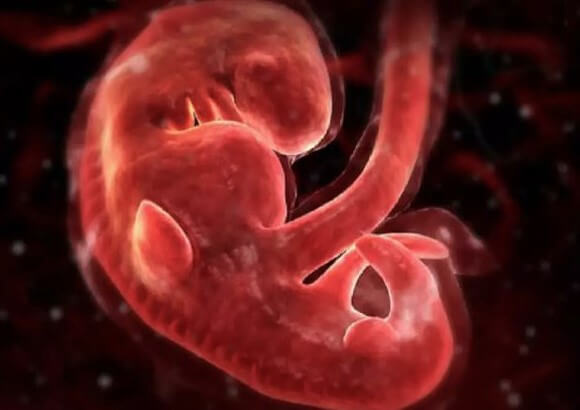
In 4 weeks, the cell has developed into an embryo. It’s the size of a poppy seed. Basic structures have begun to develop which will later form the head, chest, abdomen, arms and legs. The embryo is surrounded by the amniotic sac which protects the embryo and provides a cushion effect. To know more about week 4, click here.
Baby’s development at 8 Weeks
The fetus is around 2 cms long at this stage. It has started to develop eyes, ears, and nose. The limbs are still in the process of being formed but they are webbed right now. They will be so, for a few more weeks.
Baby’s development at 12 weeks

At this stage, your baby is as big as a plum! This marks the end of the First Trimester. The fetus might begin to open and close his fingers. Your baby is now developing reflexes. Try poking your belly during an ultrasound. There’s a high chance you might see movement.
Baby’s development at 16 weeks
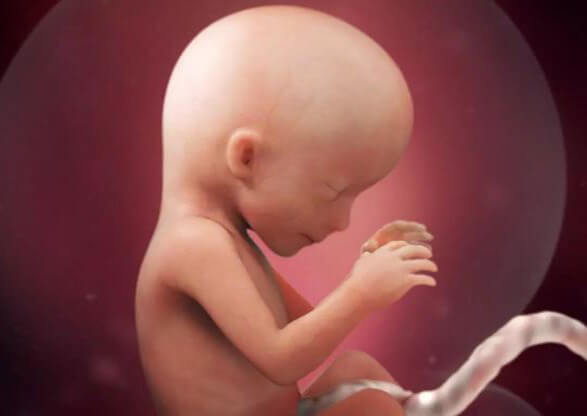
The second trimester began at week 13. The baby’s eyes are moving from side and side and it can even perceive some light, even though they are in a closed environment. Their skin is translucent and they can even hear your voice!
Baby’s development at 20 weeks
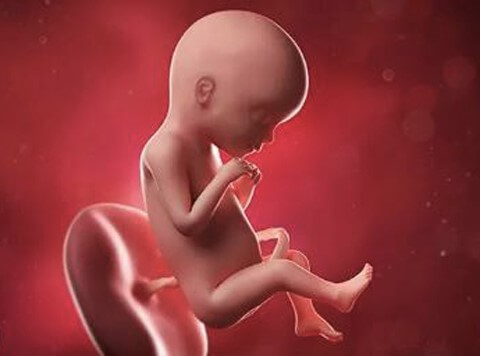
At 20 weeks pregnant, the baby is the size of a banana. They baby may be able to make more movement, which the mother can feel. The baby has working taste buds as well, gulping down several ounces of amniotic fluids.
Time for an ultrasound!
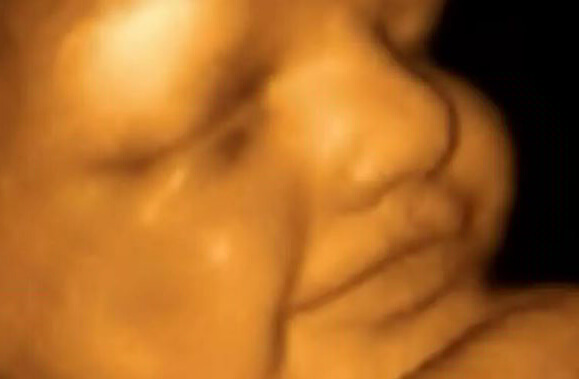
Usually, women with prenatal care get an ultrasound at 20 weeks to see whether the placenta is attached properly and the baby is healthy and growing. The baby’s movement can be seen using the Doppler Imaging. You can even find out the sex of the baby at this stage.
Baby’s development at 24 weeks
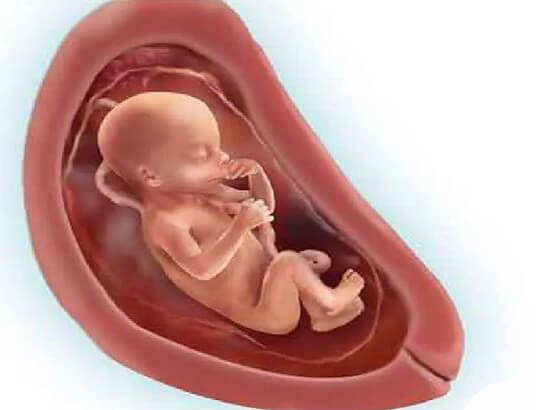
The baby’s brain is expanding, so are his lungs. It’s a foot long but weighs almost 1 1/4 pounds. Your uterus is about the size of a soccer ball. Sometimes, the baby can develop hiccups that the mother can feel! The second trimester comes to an end in Week 27.
Baby’s development at 28 weeks
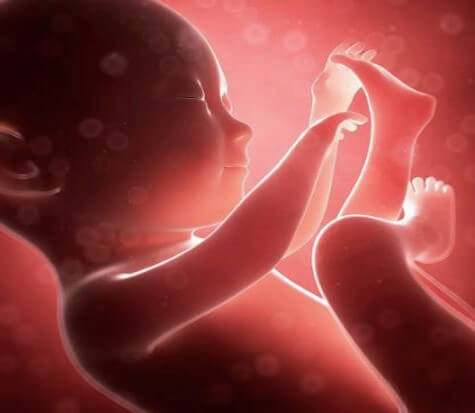
Welcome to the third trimester! At this stage, the baby is the size of an eggplant. The baby is starting to develop more fat, almost weighing 2.2 pounds. The baby is likely to survive if birthed prematurely at this point. The baby will keep getting heavier and mature.
Baby’s development at 32 weeks
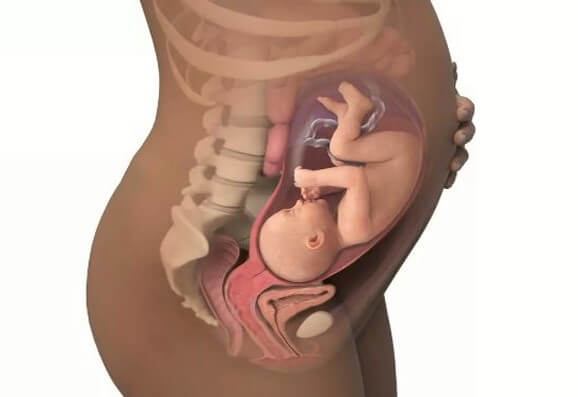
The fetal position is important at this stage.(Head down or Breach?) It almost weighs 3 1/2 to 4 pounds. The D-Day is getting closer so these last weeks are all about that. As fat accumulates under the skin, they turn opaque instead of translucent.
Baby’s development at 36 weeks
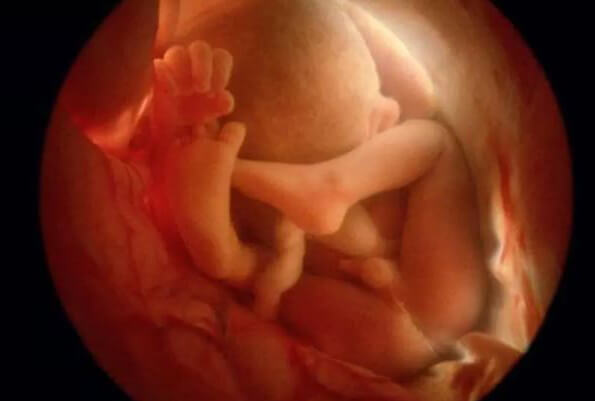
The baby is trying to accumulate as much fat as possible at this point. This will help the child maintain his body temperature and give it a store of energy. The baby is considered full term after week 37. That means no special precautions will be taken to prevent labor if it begins.
Birth!
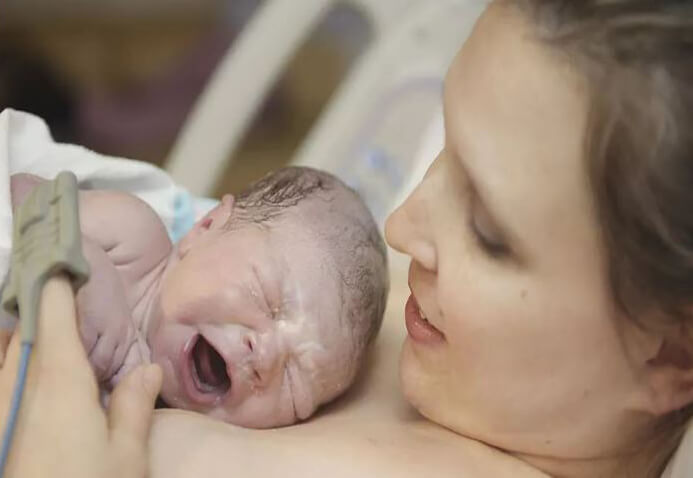
It’s the end of the third trimester and a calculated 40 weeks delivery date. Labor can occur between 38 to 42 weeks. Depending on the circumstances, the doctor may have to induce labor to deliver normally or perform a C-section surgery. For most people, this day changes the lives of the parents completely.
See also: Dentists Are Warning Us Don’t Throw Away Baby Teeth, They Can Save Your Child’s Life! (Video)
Source
Source
wittyfeed.com
 Freshsein
Freshsein